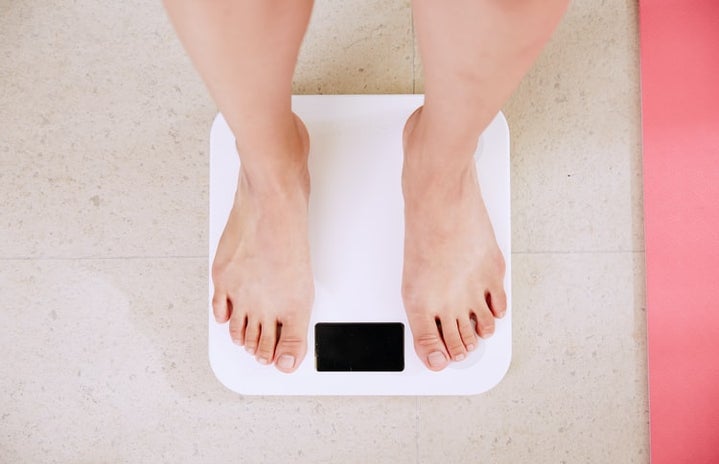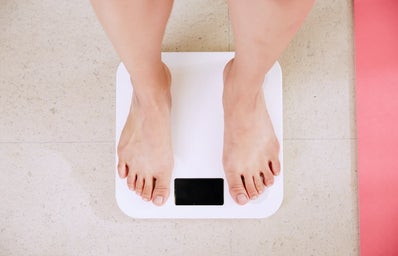The 90s in beauty and fashion was known for its heroin chic aesthetic, influenced by the super-thin bodies of supermodels such as Kate Moss, Gia Carangi, and Naomi Campbell. Even in that decade, this aesthetic was seen as problematic because it romanticized drug use and eating disorders in that universe.
In 1997, the President of the United States, Bill Clinton, said in an interview for the New York Times: “It’s not beautiful; it’s ugly. And it’s not about art; it’s about life and death. And glorifying death is not good for any society”. As a result of the buzz around this aesthetic, the fashion industry chose the Brazilian model Gisele Bündchen to represent a new standard of beauty that was established as a healthier type, it still perpetuated the super-thin body, but with a less sickly pale look.
Despite the rise of the body positivity movement in recent years, these unhealthy and unattainable aesthetics of the 90s and early 2000s seem to have found a way back into girls’ lives, even though most women want to keep them buried.
Body dissatisfaction, eating disorders, and fatphobia have always been there, but self-acceptance was the trend a few years ago. Though the movement hasn’t lost its power, it’s hard to compete with the ideal that’s ingrained in the minds of every girl and woman. Also, the influence of digital creators and celebrities has been crucial since the rise of social media.
According to Wagner Gurgel, child and adolescent psychiatrist at PROTAD (Program for Care, Teaching, and Research into Eating Disorders in Childhood and Adolescence at IPQ – USP), “the idealization of very slim bodies in the media tends to have a very negative impact on the process of self-assessment of one’s body image, especially in female individuals who are culturally under greater pressure concerning body standards and beauty.”
In that manner, exposing girls to media portrayals of slim BMI bodies that are incompatible with health can lead to more body dissatisfaction, promoting unattainable standards of beauty and exacerbating problems such as low self-esteem, anxiety symptoms, and depressive symptoms, the doctor adds.
For girls with eating disorders or a predisposition to the disease, the impact is even greater, as this feeling of inadequacy of the body to idealized standards is often the catalyst for the onset of inappropriate eating behaviors that can trigger the symptoms of eating disorders in those predisposed to them, Wagner points out.
It’s also important to remember that restrictive diets and excessive physical activity can lead to health issues, such as nutritional deficiencies, hormonal changes, impaired growth, and even brain development. Moreover, the persistence of both obsessive thoughts about thinness and states of nutritional deficiency (relative or absolute malnutrition) can impair the ability to concentrate, and academic performance.
In the episode “o perigo de centralizar relações” of the podcast Gostosas também choram, created by the visual artist, digital creator and illustrator Lela Brandão, while talking about relationships, she opens up about her struggle with eating disorders and body dysmorphia in her adolescence: “I went through several eating disorders like the vast majority of women who were born in the 90s and went through adolescence in the 2000s”.
Now Lela has created the brand Lela Brandão Co., a fashion brand that creates comfortable, adjustable clothing for all body sizes.
Gurgel believes that the most important tool to combat this glamorization of the body is education on the proper use of social networks and current media tools, as well as broader psychoeducation on body image and self-esteem in schools, the promotion of models of body diversity in the media, and accessible psychological support for those struggling with eating disorders.
Also, a more distant dream would be a culture that values more examples of health and wellness than a particular physical appearance. “It’s important to remember that having an eating disorder is not a choice; it is a serious mental illness that affects people regardless of age, gender, ethnicity, body weight, sexual orientation, or socioeconomic status”, concludes the psychiatrist.
___________________________________________
The article above was edited by Beatriz Oliveira.
Liked this type of content? Check Her Campus Cásper Líbero home page for more!


